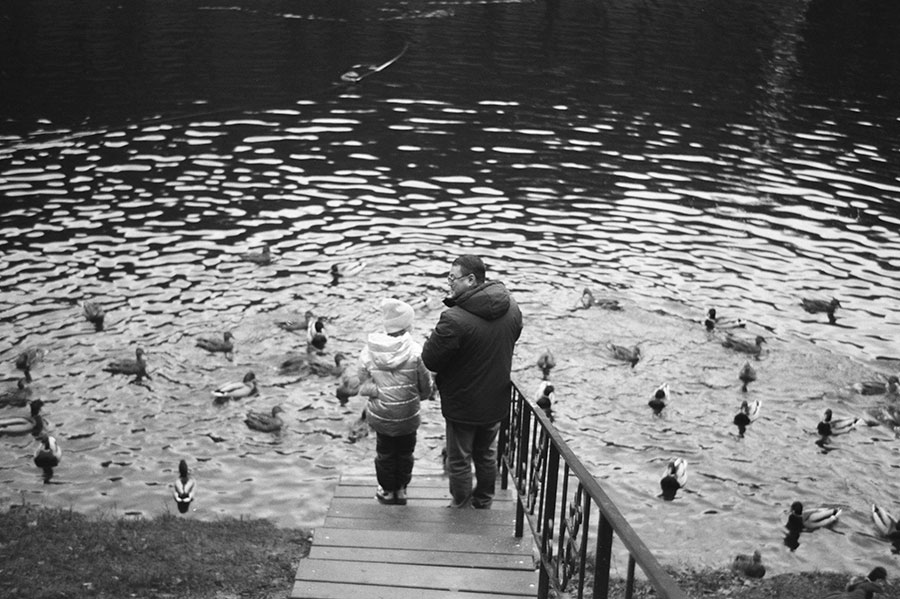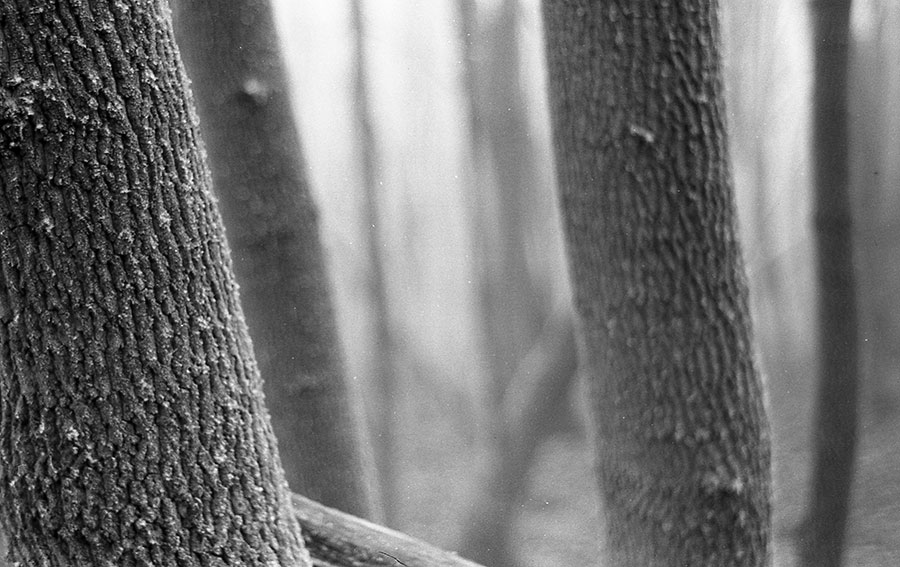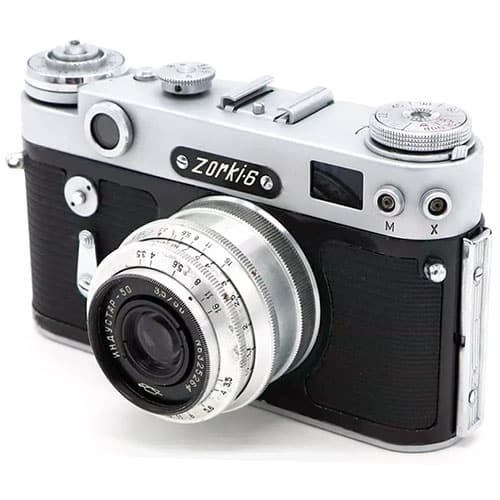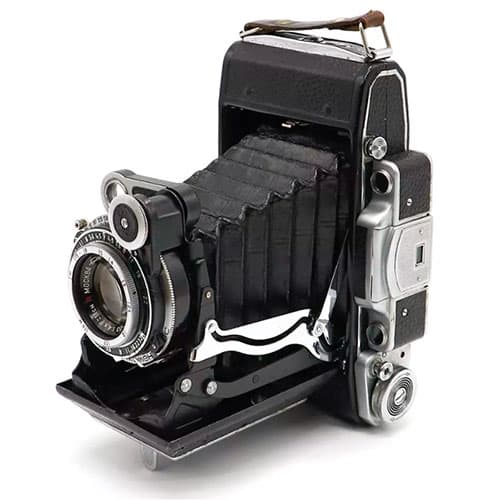FED-4
FED-4 is a Soviet 35mm rangefinder camera that was produced by the FED Kharkov Industrial Engineering Association from 1964 to 1980.

The FED-4 camera is a further continuation of the very successful FED-3 camera, but as with most Soviet inventions, in the fourth model we will see few improvements compared to the third. In fact, FED-4 was the FED 3 camera with a built-in exposure meter. The presence of the light meter made the camera even higher.
Fed-4 Specifications
- Type: 35mm rangefinder camera
- Manufacturer: FED plant
- Production period: from 1964 to 1990
- Format: 24x36cm on 135 film
- Lens mount: m39 thread mount
- Lens: Industar-61 L/D 2.8/55
- Rangefinder base: 43mm
- Shutter: focal-plane shutter with speeds from 1 to 1/500 sec.
- Viewfinder: optical parallax viewfinder combined with a rangefinder
- Lighmeter: built-in selenium light meter
- Flash synchronisation: sync socket “X”, sync speeds from 1/30 s and longer.
- Selftimer: mechanical
- Weight: 960 grams

The team of Sovietcameras.org admits that we do not really like the latest models of FED cameras, and one of the ugliest, in our opinion, is the FED-4 camera. Here you can clearly see the habit of the Soviet industry to create something in a hurry without really worrying about the appearance of the device.

In the early years, the FED 4 was produced with a knob for film advance, and in 1966 the camera received a film advance lever.
The FED 4 was equipped with an Industar 61 2.8/52 lens, which is one of the best Soviet lenses in terms of sharpness and overall image quality. Like most rangefinder cameras from USSR, the FED 4 had an M39 thread mound, inherited from the early Leica cameras.


FED-4 had a traditional for these cameras shutter with shutter speeds of 1, 1/2, 1/4, 1/8, 1/15, 1/30, 1/60, 1/125, 1/250, 1/500 and B. This is a pretty good set of shutter speeds. But what prevented manufacturers from adding 1/1000 shutter speed, which was present on Zorki and Kiev cameras?
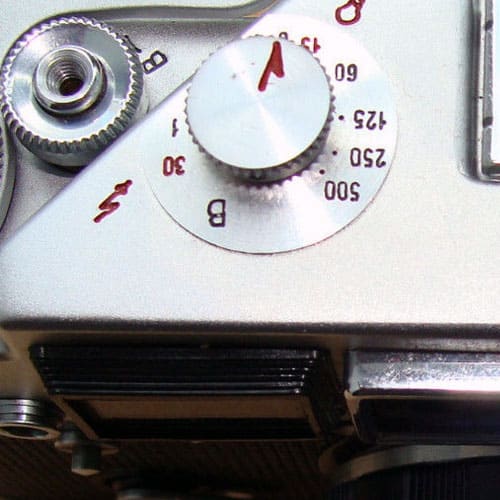

Like previous cameras, FED-4 is made of metal. Build quality is good enough, and now you can find many well-preserved specimens.
The camera has diopter correction, which is very useful for many users. To load the film, you need to remove the back cover, as in FED 2. This is somewhat more convenient than the bottom film loading, as in the very first FED camera.
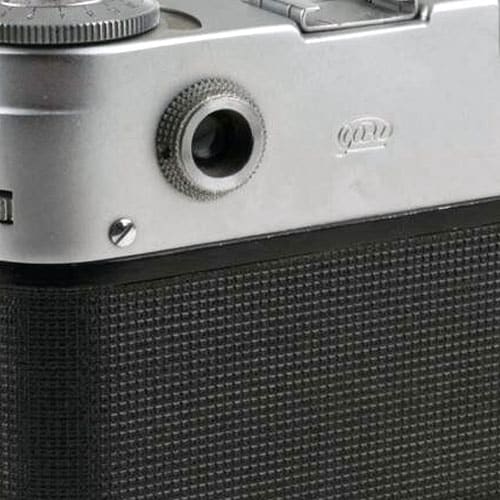

The appearance of the camera is very important, because photography is a visual art, and creating something very beautiful using something ugly is not very pleasant.
Conclusion
If you want to have this particular camera, then perhaps you should purchase it. But under any other circumstances, the team of Sovietcameras.org advises paying attention to other cameras. For example, our favorite Soviet rangefinders are the Kiev cameras. They are incomparably more beautiful, cost about the same, and the functionality is much better than in the FED 4.
FED-4 PHOTOS








